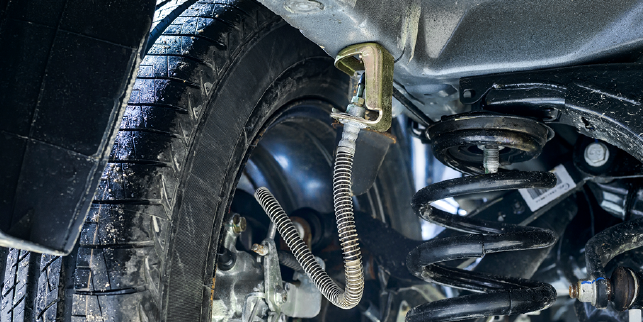ABS Solenoid Diagnosis: What is going on inside the HCU?
The anti-lock braking system (ABS) computer, or HCU, is a node on a high-speed vehicle bus.
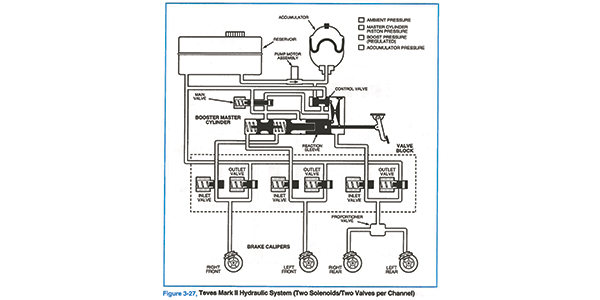
Sensors and Suspensions: Diagnosing Electronically Adjustable Dampeners
On racecars, mechanics in pit lane will tune the settings of the shocks and springs for the track. Some race shocks have six adjustments for compression and rebound, so they will tune the setting for the amount and rate of suspension movement.

Aluminum Suspensions: Knowing is Half the Battle
From 2012 to 2015, aluminum consumption for new vehicles increased by 28% in North America. While a lot of the aluminum has gone into the body recently, the use of aluminum in the suspension is also increasing.
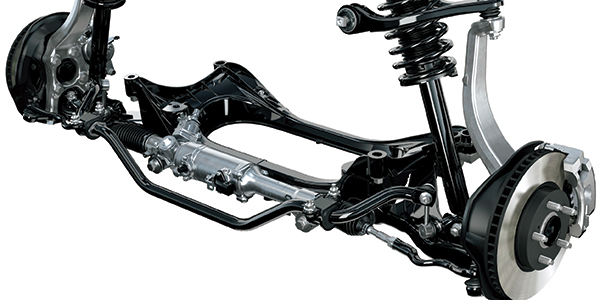
Servicing TPMS Sensors
Most TPMS sensors are held in using just a screw or a nut, but if not assembled or torqued properly, the results can be catastrophic. Carelessness can result in a broken sensor or even a customer being stranded with a flat tire.
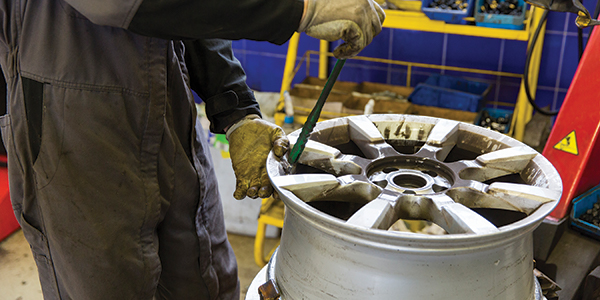
Top TPMS Troubleshooting Tips
When dealing with TPMS, here are a few best practices and reminders to ensure you’re taking care of your customers and avoiding possible comebacks.

High Performance Brake Jobs Upgrading to Better Replacement Options
Brake jobs are a good source of parts and labor income for shops. When brakes wear out, most motorists just want you to fix the problem and restore their brakes to like-new condition with OE-equivalent replacement parts. But in some situations, there may be an opportunity to sell your customer on the benefits of upgrading certain brake components.

Servicing Ford TPMS
Ford embraced tire pressure monitoring systems as early as the 2002 model year on the Explorer and Windstar. These systems can be either direct or indirect. From 2006-’09, Ford used banded sensors mounted in the center of the rim. In 2010, Ford reverted to valve stem-mounted sensors.

9 Rules of Bearing Replacement
Rule 1: Realize the amount of load that bearings withstand. On a typical passenger vehicle weighing around 3,400 pounds, each pair of front-wheel bearings, as well as the rear-wheel or axle bearings, support around 850 pounds depending on the weight distribution and driveline configuration. If it’s a 6,000 pound SUV, each bearing might carry about 1,500 pounds.
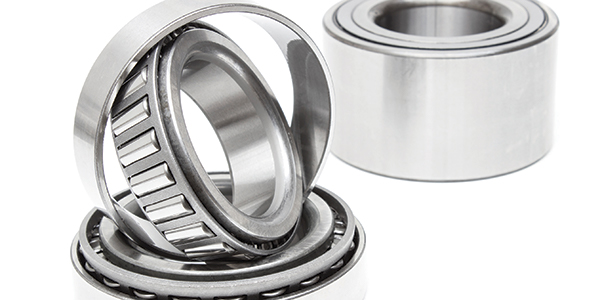
Investing In TPMS Tools
Most vehicles require some type of “stationary” relearn procedure to reset the system. This requires some type of TPMS tool to activate each of the tire pressure sensors in a specified sequence so the TPMS control module can relearn their new locations. On some GM applications, a J-41760 magnetic tool is required to “wake up” the sensors.
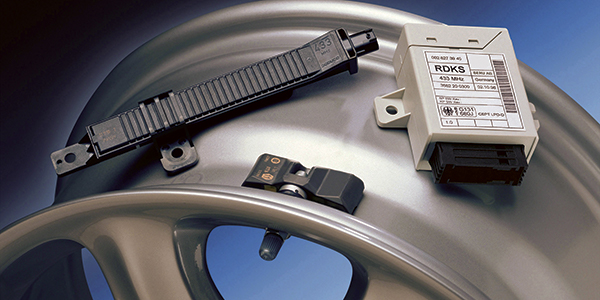
Spotting Bent Suspension Components
Normal driving usually won’t knock the wheels out of alignment or damage the suspension. However, normal driving also involves encounters with the unexpected, which often include potholes, curbs, railroad crossings (which are famous for being rough), parking lot speed bumps and other things that jar and stress the suspension.
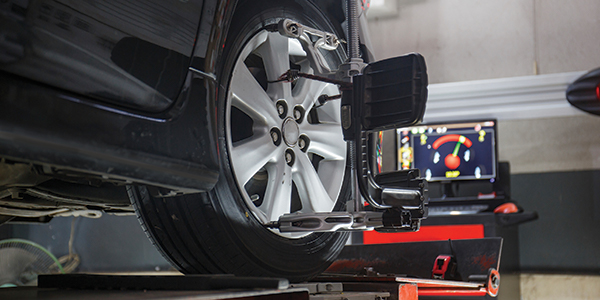
Just One Hit: Wheel Hub Replacement
When a driver hits a pothole or curb hard enough, extreme forces are put onto the balls or rollers and races of the bearing. This can result in the formation of a very small mark on the surfaces.
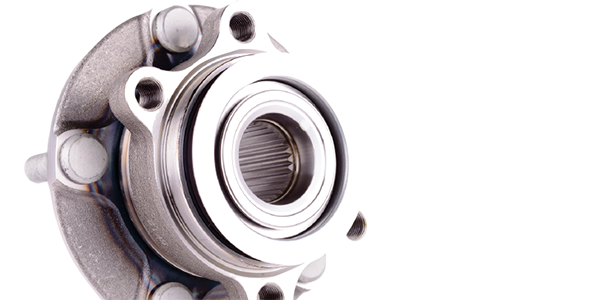
Brake Hose Inspection Tips to Spot the Problem Before It’s Too Late
There is no recommended replacement interval for brake hoses. That’s because brake hose conditions will differ depending on the vehicle, driver, and environment. Inspection is the only way to spot a problem before a brake failure.
